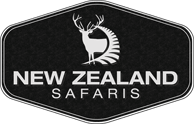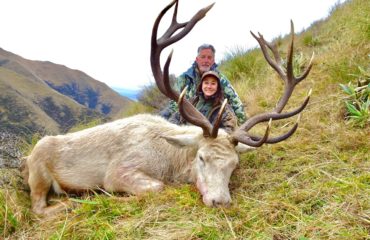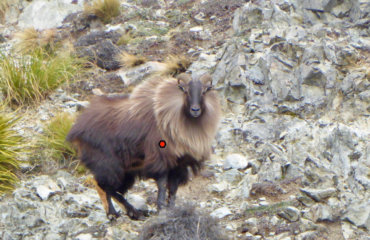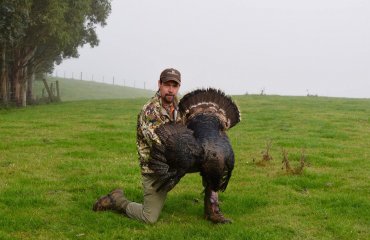Himalayan Tahr Hunting
Himalayan Tahr are one of the most sought after alpine trophies in the world, with the mane of a lion, the strut of a grizzly bear…
The mountains are his domain.
Originally from the Himalayas in Nepal, they adapted well to the Southern Alps of New Zealand and now rank among as the main destination to hunt them.
Weighing up to 300 lbs the species is very different than most mountain animals in that the males are 3-4 times larger than the females. During the warmer months the Bulls are found solitary or in bachelor groups down low and in heavy cover only coming out to feed late in the evenings. Consistent with most game prime hunting and larger concentrated numbers are found on private land (Stations or ranches)as opposed to government land due to less hunting pressure from from foot hunters and helicopters they have become an asset to the farmer where very high fees will be paid from hunting Outfitters to have exclusive rights on these properties to hunt them. This then creates a management system on private land with good access due to the private mountain roads. Most hunting is on foot accessed by 4×4 or ATV in a natural free range environment, some hunting is also conducted on fenced estates or by using helicopter on government land to fly around locating the game. With no management on governments areas, this forces the animals to live in very steep inaccessible country that only the very fit can attempt, and the older mature animals become very flighty. These concentrated numbers are in the central South Islands, South Canterbury area in the vicinity of where they were first liberated in the Mt Cook national park.
The Bull Tahr rut is from late May to July and is the best time to hunt tahr in their long winter coats, but hunting usually starts from March through September. The quest for a trophy bull tahr is the highlight of the trip for many hunters from around the world that are looking for a traditional mountain type hunt.




